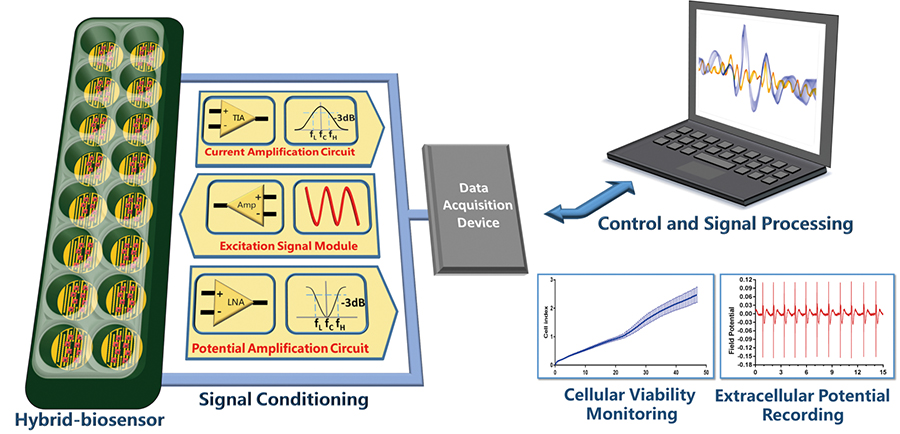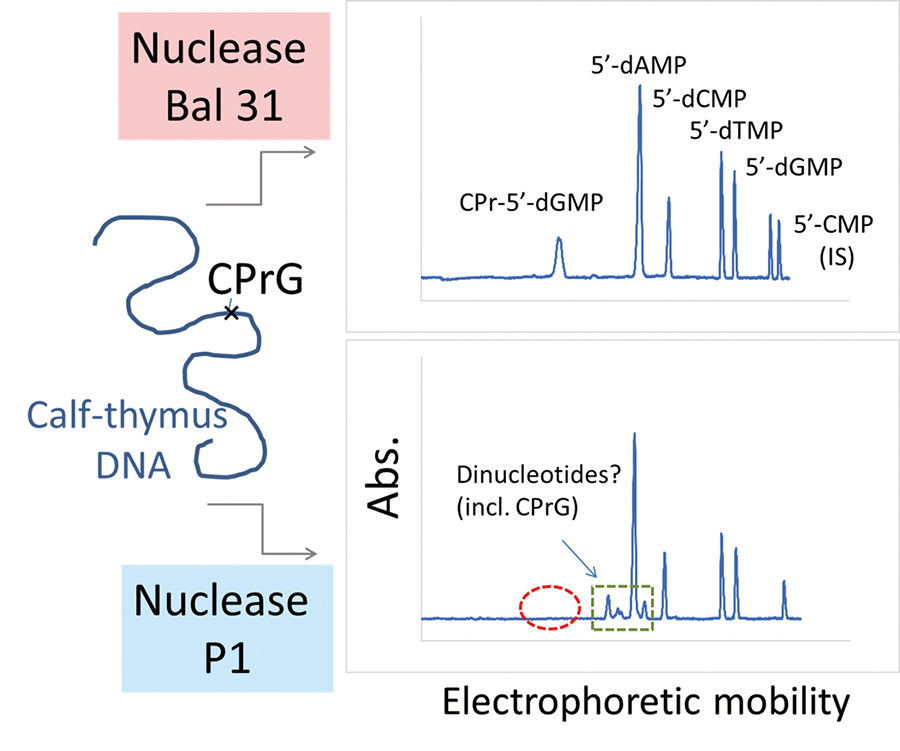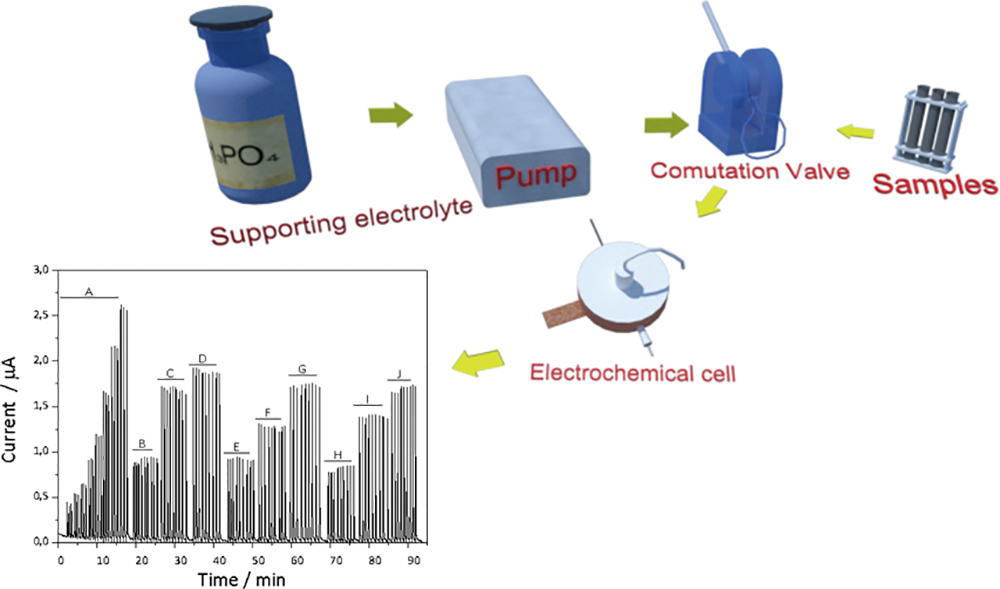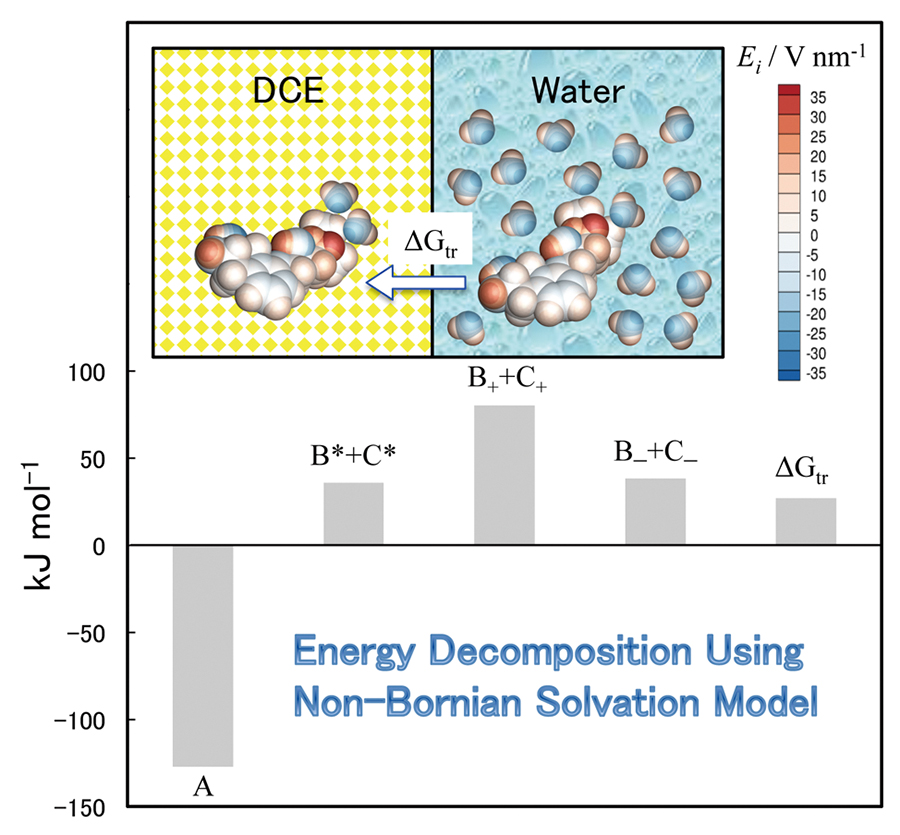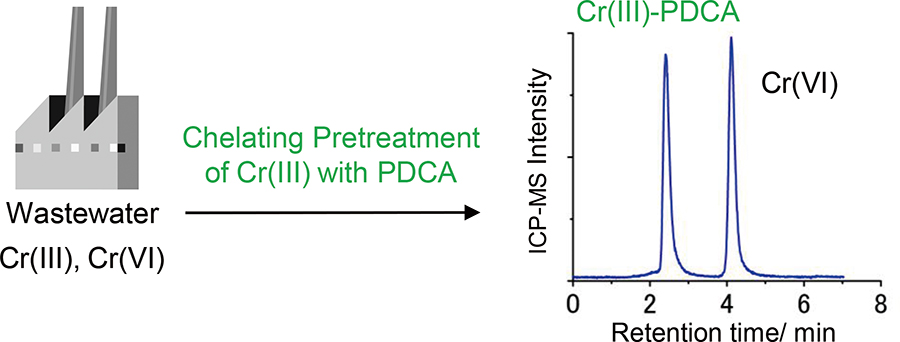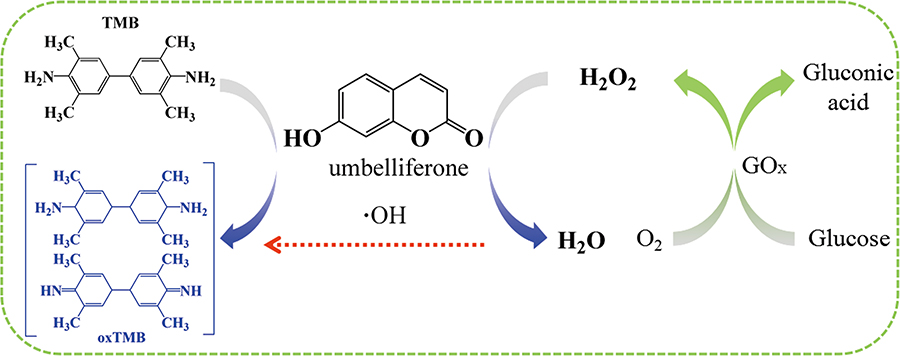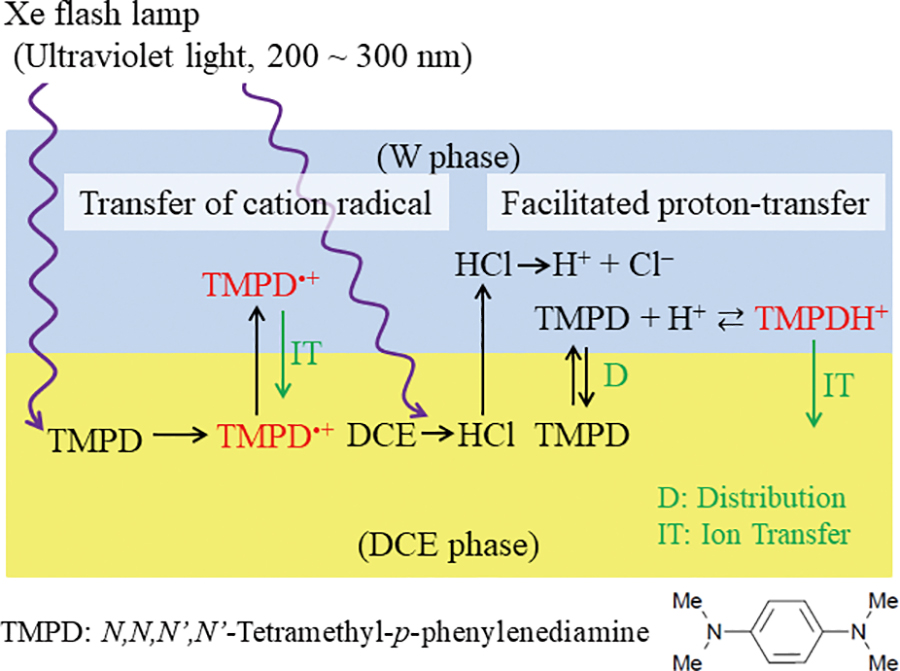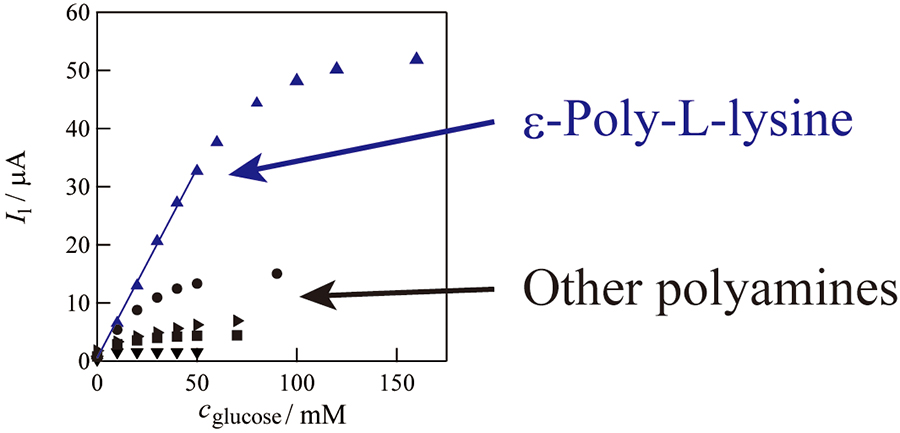Volume 34, Issue 8
Displaying 1-20 of 20 articles from this issue
- |<
- <
- 1
- >
- >|
Highlights
-
Article type: Highlights
2018Volume 34Issue 8 Pages 865
Published: August 10, 2018
Released on J-STAGE: August 10, 2018
Download PDF (191K)
Original Papers
-
Article type: Original Papers
2018Volume 34Issue 8 Pages 867-873
Published: August 10, 2018
Released on J-STAGE: August 10, 2018
Download PDF (698K) -
Article type: Original Papers
2018Volume 34Issue 8 Pages 875-880
Published: August 10, 2018
Released on J-STAGE: August 10, 2018
Download PDF (537K) -
Article type: Original Papers
2018Volume 34Issue 8 Pages 881-886
Published: August 10, 2018
Released on J-STAGE: August 10, 2018
Download PDF (892K) -
Article type: Original Papers
2018Volume 34Issue 8 Pages 887-891
Published: August 10, 2018
Released on J-STAGE: August 10, 2018
Download PDF (2879K) -
Article type: Original Papers
2018Volume 34Issue 8 Pages 893-900
Published: August 10, 2018
Released on J-STAGE: August 10, 2018
Download PDF (4457K) -
Article type: Original Papers
2018Volume 34Issue 8 Pages 901-906
Published: August 10, 2018
Released on J-STAGE: August 10, 2018
Download PDF (363K) -
Article type: Original Papers
2018Volume 34Issue 8 Pages 907-912
Published: August 10, 2018
Released on J-STAGE: August 10, 2018
Download PDF (539K) -
Article type: Original Papers
2018Volume 34Issue 8 Pages 913-917
Published: August 10, 2018
Released on J-STAGE: August 10, 2018
Download PDF (326K) -
Article type: Original Papers
2018Volume 34Issue 8 Pages 919-924
Published: August 10, 2018
Released on J-STAGE: August 10, 2018
Advance online publication: June 29, 2018Download PDF (749K) -
Article type: Original Papers
2018Volume 34Issue 8 Pages 925-932
Published: August 10, 2018
Released on J-STAGE: August 10, 2018
Download PDF (1345K) -
Article type: Original Papers
2018Volume 34Issue 8 Pages 933-938
Published: August 10, 2018
Released on J-STAGE: August 10, 2018
Download PDF (568K) -
Article type: Original Papers
2018Volume 34Issue 8 Pages 939-945
Published: August 10, 2018
Released on J-STAGE: August 10, 2018
Download PDF (1096K) -
Article type: Original Papers
2018Volume 34Issue 8 Pages 947-951
Published: August 10, 2018
Released on J-STAGE: August 10, 2018
Download PDF (436K) -
Article type: Original Papers
2018Volume 34Issue 8 Pages 953-958
Published: August 10, 2018
Released on J-STAGE: August 10, 2018
Download PDF (1923K) -
Article type: Original Papers
2018Volume 34Issue 8 Pages 959-964
Published: August 10, 2018
Released on J-STAGE: August 10, 2018
Download PDF (363K) -
Article type: Original Papers
2018Volume 34Issue 8 Pages 965-971
Published: August 10, 2018
Released on J-STAGE: August 10, 2018
Download PDF (487K) -
Article type: Original Papers
2018Volume 34Issue 8 Pages 973-978
Published: August 10, 2018
Released on J-STAGE: August 10, 2018
Advance online publication: May 18, 2018Download PDF (324K) -
Article type: Original Papers
2018Volume 34Issue 8 Pages 979-982
Published: August 10, 2018
Released on J-STAGE: August 10, 2018
Advance online publication: May 18, 2018Download PDF (1383K)
Announcements
-
Article type: Announcements
2018Volume 34Issue 8 Pages 983
Published: August 10, 2018
Released on J-STAGE: August 10, 2018
Download PDF (1060K)
- |<
- <
- 1
- >
- >|






